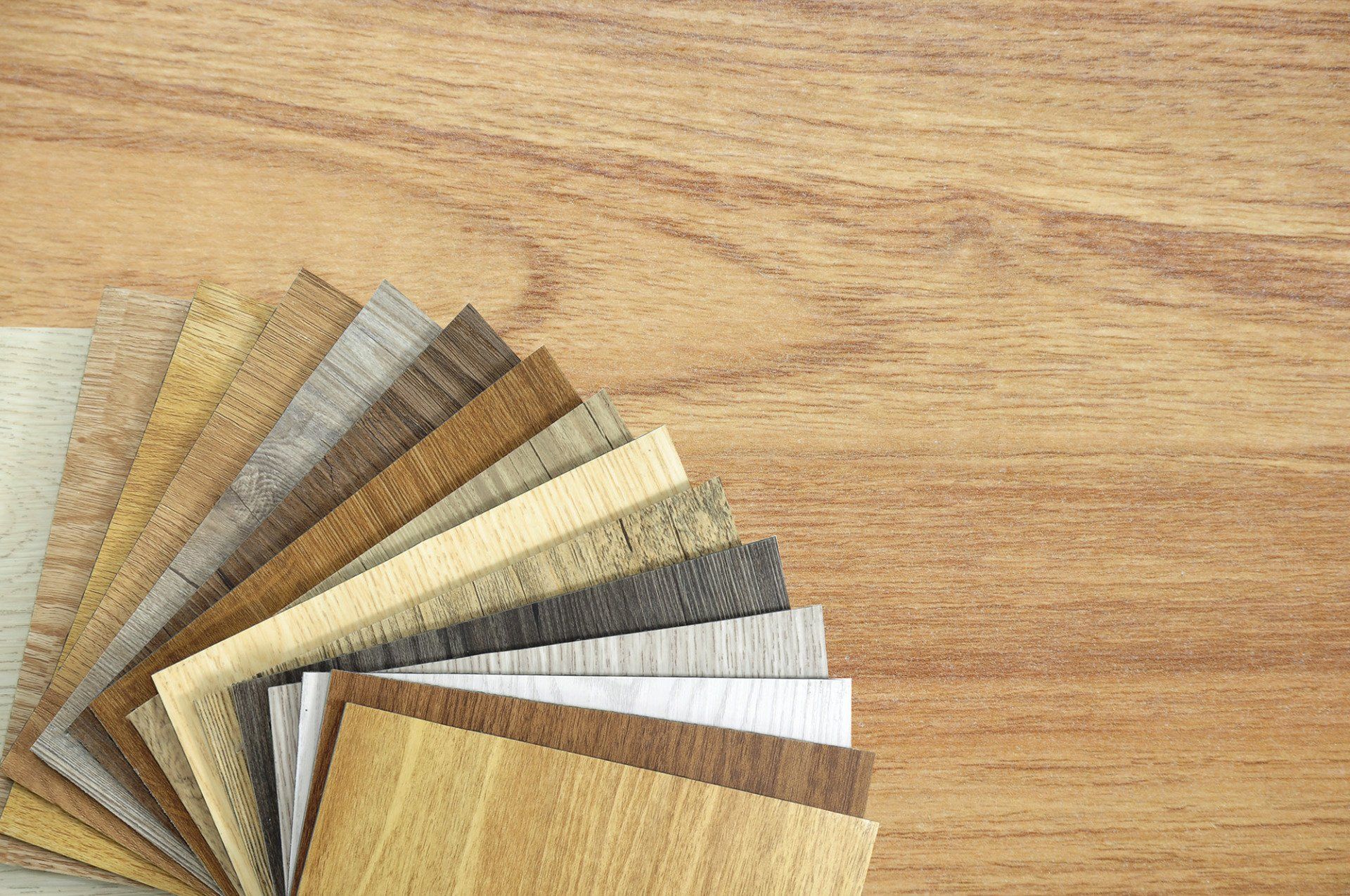All Categories
Featured

High-end plastic flooring has emerged as a prominent option for both residential and industrial rooms, owing to its impressive capability to mimic the looks of natural materials like wood and rock. This flooring remedy offers a cost-effective alternative without endangering on design or longevity. Consisting of several layers, high-end plastic is developed to stand up to daily deterioration, making it ideal for high-traffic areas and families with animals or youngsters.

There are largely 2 types of deluxe vinyl floor covering: luxury vinyl slabs (LVP) and luxury vinyl tiles (LVT) LVP is crafted to simulate the look of wood planks, providing a warm and classic look, while LVT replicates the appearance of stone or ceramic tiles, providing a smooth and modern-day aesthetic. Both choices are a lot more affordable and easier to maintain contrasted to their natural counterparts. In addition, innovations in technology have actually led to the advancement of variants like Wood Plastic Composite (WPC) and rigid core flooring, which enhance the resilience and durability of deluxe plastic.
One of the significant benefits of deluxe plastic floor covering is its convenience in setup. Unlike traditional hardwood, which may not appropriate for moisture-prone locations, high-end plastic's water-resistant residential properties make it suitable for cellars, cooking areas, shower rooms, and mudrooms. Its resistance to scrapes, scuffs, and moisture ensures that it maintains its look gradually, even in tough atmospheres. High-end plastic offers a comfortable underfoot experience and is simpler to change than all-natural flooring materials, adding to its practicality.

Check for more info at Carpet Interiors Floor & Home - Luxury Vinyl Guide Facebook Instagram Twitter Youtube
Latest Posts
Reliable Industrial Roofing Solutions by Weathercraft
How Regular Auto Maintenance at Montclare Auto Repair Keeps Your Wallet Happy
Find Premier Car Repair Solutions in Chicago – Expert Care for Your Vehicle
More
Latest Posts
Reliable Industrial Roofing Solutions by Weathercraft
How Regular Auto Maintenance at Montclare Auto Repair Keeps Your Wallet Happy
Find Premier Car Repair Solutions in Chicago – Expert Care for Your Vehicle